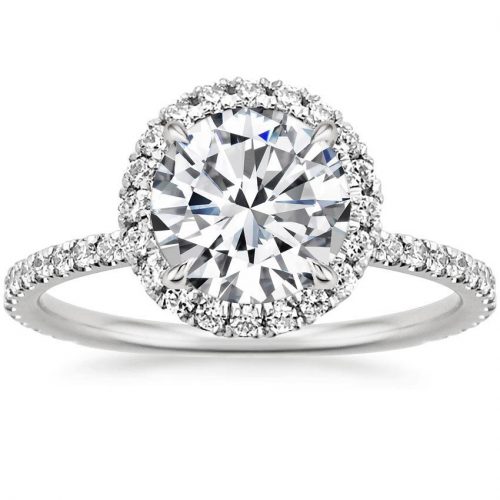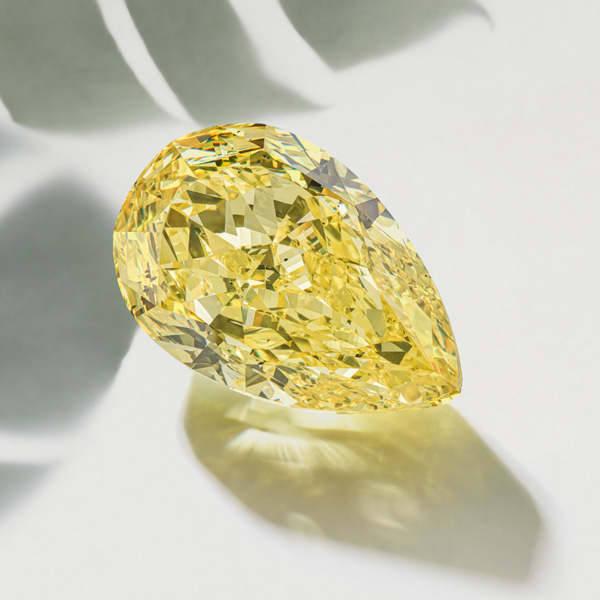
What is a ‘lab grown diamond’ ?
Laboratory grown diamond term is still a source of confusion for many diamond buyers and jewellers.
Natural Diamonds have been high coveted and sort after for thousands of years.
Diamonds have always been a status symbol for the elite and super wealthy, only becoming available to the general populations after large discoveries and marketing by the De Beers group.
The demand for mined diamonds has grown over the past century, At same time the source of new ground to mine has become ever increasingly hard to find or work.
This created the need for a scientific way to create alternatives. Enter Lab grown diamonds, or laboratory created diamonds.
Many Jewellers and most consumers are still confused about the process of creating a diamond, and how these stones actually differ from mined diamonds.
Laboratory grown diamonds are precisely the same in every way to mined diamonds but one. How the diamonds carbon bond grows under heat and pressure.
The growth structure of the carbon in natural mined diamond is haphazard and mixed with elements other than carbon. Nitrogen is the most common.
Lab grown are pure carbon for the most part, with distinctive growth structures visible under high magnification in gemological equipment available at the worlds notable laboratories.
How Can You Tell the Difference Between Lab Grown Diamonds?
Short answer is you can’t.
Lab grown diamonds are visually indistinguishable from natural diamonds, Not even and expert can tell the difference without gemological tasting equipment.

While some differences inn old HPHT Lab diamonds can be identified under a special microscope, there’s nothing obvious about a lab grown diamond.
So how can a laboratory tell the difference?
Almost all natural diamonds contain traces of nitrogen, This is actually what gemologists use to screen out potential lab grown diamonds for further testing.
The actual gemological test requires state of the art gemological equipment. No counter top testers can prove the origin.
Are lab grown as durable as natural ?
The fact is lab grown diamonds are identical natural diamonds in strength, most of which have no flaws which could cause durability issues.
So as to the question Is a Lab Grown Diamond a Real Diamond ?

Answer is, Yes, lab grown diamonds are 100% as real as diamonds that have been mined from the earth.
Not only are they identical in every single way except origin, they have all the same optical properties as mined diamonds.
DCLA remains the only laboratory in Australia that guarantees, every diamond ever graded has been tested for origin and all known treatments.
Source: DCLA











